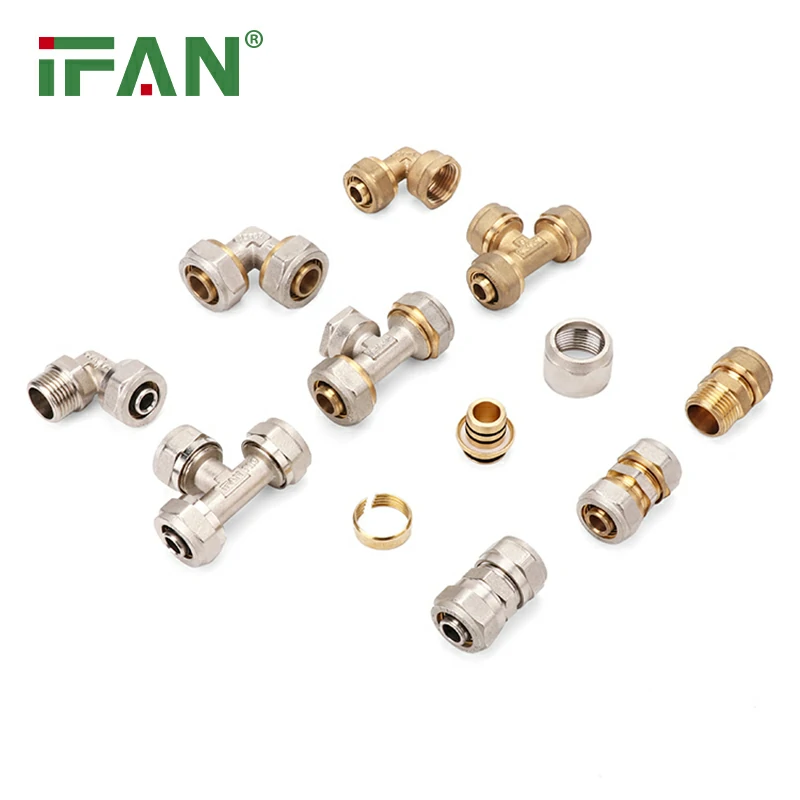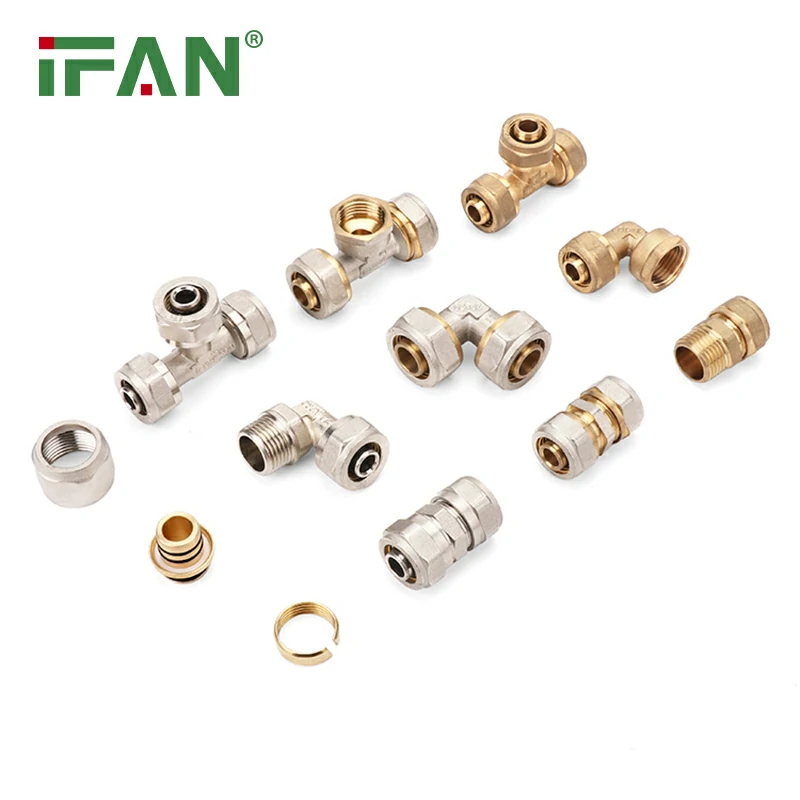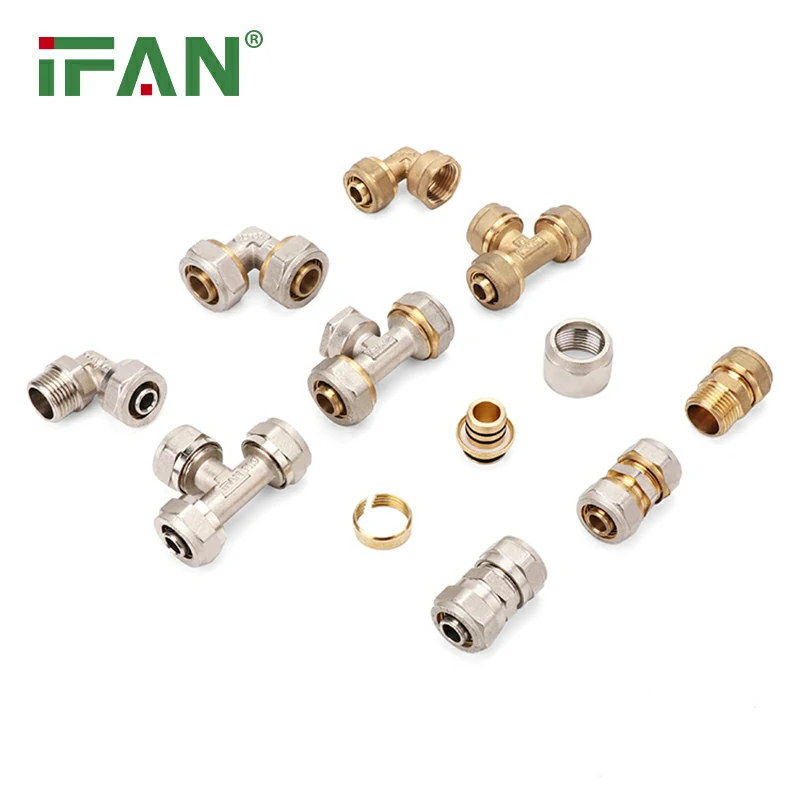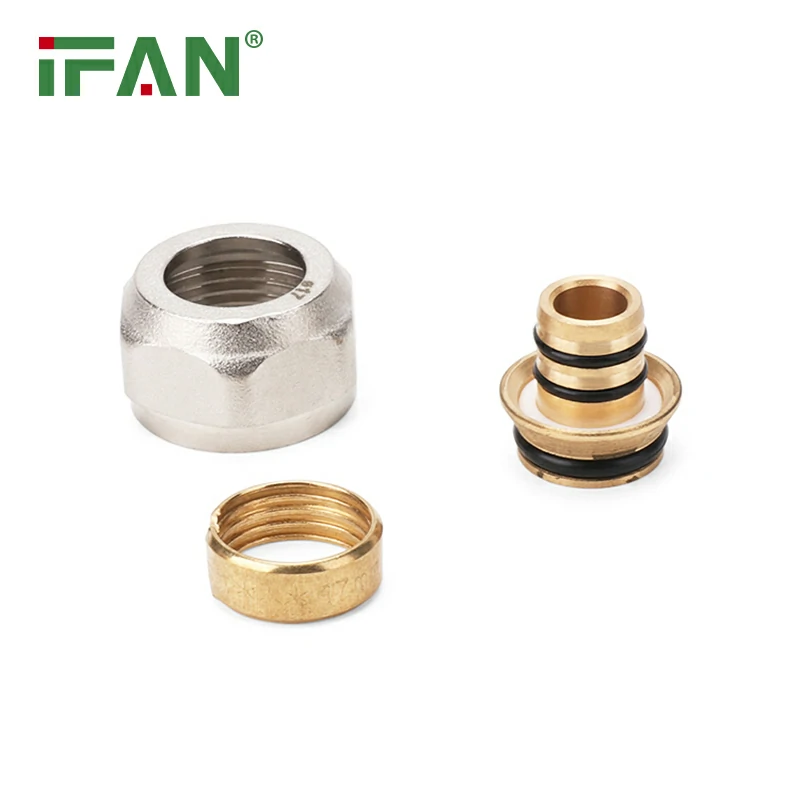Introduction
As homeowners increasingly choose PEX (cross-linked polyethylene) pipes for their plumbing systems due to their flexibility, ease of installation, and resistance to corrosion, it is crucial to understand that these pipes are not without their issues. Faulty PEX pipes can lead to significant headaches, including leaks, water damage, and costly repairs. This article will delve into the common problems associated with faulty PEX pipes, their causes, and how PPR (Polypropylene Random Copolymer) pipes can serve as a reliable alternative for homeowners seeking a long-term solution.
Understanding PEX Pipes
What are PEX Pipes?
PEX pipes are made from a type of plastic that is cross-linked to enhance its durability and flexibility. They are commonly used in residential plumbing for both hot and cold water supply lines. PEX pipes have become popular due to their lightweight nature, resistance to scale and chlorine, and lower installation costs compared to traditional materials like copper or galvanized steel.
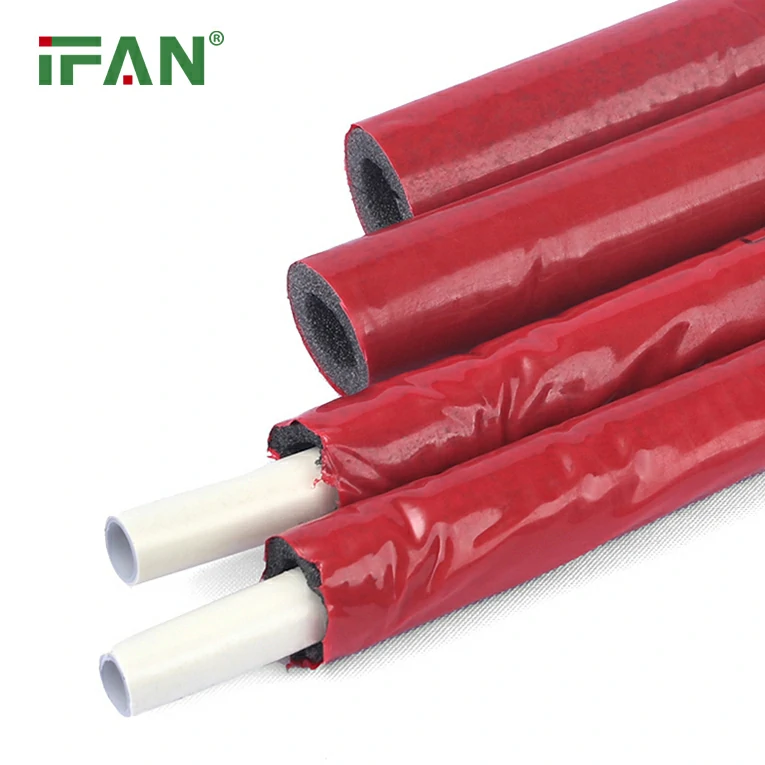
Benefits of PEX Pipes
- Flexibility: PEX pipes can bend and curve easily, allowing for straightforward installation, especially in tight spaces.
- Corrosion Resistance: Unlike metal pipes, PEX is resistant to corrosion and rust, which can lead to longer-lasting plumbing systems.
- Cost-Effective: PEX is generally less expensive than traditional piping materials, making it an attractive option for homeowners.
- Reduced Noise: PEX pipes are quieter than metal pipes, minimizing the sound of water flow.
Common Problems with Faulty PEX Pipes
Despite their advantages, PEX pipes can experience faults that lead to significant issues for homeowners. Here are some of the most common problems associated with faulty PEX pipes:
1. Leaks
Leaks are one of the most prevalent issues with PEX pipes. They can occur for several reasons, including:
- Improper Installation: If PEX pipes are not installed correctly, they may develop leaks at the fittings or joints.
- Temperature Fluctuations: Rapid changes in temperature can cause the PEX to expand and contract, leading to leaks over time.
- Chemical Damage: Certain chemicals can degrade PEX, leading to leaks. For example, exposure to petroleum products or high levels of chlorine can weaken the pipe.
2. Burst Pipes
PEX pipes can burst due to freezing temperatures. When water inside the pipes freezes, it expands, which can cause the pipes to crack or burst. This problem is particularly common in regions with harsh winters if the plumbing system is not adequately insulated.
3. Fitting Failures
The fittings used to connect PEX pipes can fail, leading to leaks. Common causes of fitting failures include:
- Poor Quality Fittings: Using low-quality or incompatible fittings can result in leaks.
- Improper Crimping: If the crimping tool is not used correctly during installation, it can lead to loose connections.
4. Discoloration and Odor
Some homeowners report discoloration and unpleasant odors coming from their PEX plumbing systems. This can be caused by:
- Chemical Leaching: Certain types of PEX can leach chemicals into the water, affecting its taste and odor.
- Bacterial Growth: If the water supply is stagnant, bacteria can grow in the PEX pipes, leading to unpleasant smells.
5. Reduced Water Pressure
Faulty PEX pipes can lead to reduced water pressure in your home. This can occur due to:
- Buildup of Debris: Over time, debris can accumulate inside the pipes, restricting water flow.
- Kinks or Bends: If PEX pipes are bent too sharply during installation, it can restrict water flow and lead to pressure issues.
Causes of Faulty PEX Pipes
Understanding the underlying causes of faulty PEX pipes can help homeowners take preventive measures. Here are some common causes:
1. Poor Installation Practices
Improper installation is one of the leading causes of issues with PEX pipes. Homeowners should ensure that their plumbing is installed by a qualified professional who follows best practices.
2. Environmental Factors
Environmental factors, such as extreme temperatures and exposure to sunlight, can affect the integrity of PEX pipes. Prolonged exposure to UV light can degrade the material, making it brittle and prone to leaks.
3. Chemical Exposure
Certain chemicals can damage PEX pipes. Homeowners should avoid using products that contain petroleum or high levels of chlorine near their plumbing systems.
4. Aging Infrastructure
As with any material, PEX pipes have a lifespan. Over time, wear and tear can lead to problems, especially if the system is not regularly maintained.
Preventing Problems with PEX Pipes
To avoid the headaches associated with faulty PEX pipes, homeowners can take several proactive measures:
1. Hire Qualified Professionals
Always hire licensed plumbers with experience in installing PEX systems. They will ensure that the installation meets local codes and standards.
2. Insulate Pipes
In colder climates, insulating PEX pipes can help prevent freezing and bursting. Insulation also protects pipes from extreme temperature fluctuations.
3. Regular Inspections
Conduct regular inspections of your plumbing system to identify potential issues early. Look for signs of leaks, discoloration, or reduced water pressure.
4. Avoid Chemical Exposure
Be cautious about the chemicals you use around your plumbing system. Avoid exposing PEX pipes to petroleum products or harsh cleaning agents.
5. Monitor Water Quality
Regularly check your water quality, especially if you notice discoloration or unpleasant odors. Consider installing a water filtration system to improve water quality and protect your plumbing.
PPR Pipes: A Reliable Alternative
For homeowners experiencing persistent issues with faulty PEX pipes, PPR (Polypropylene Random Copolymer) pipes offer a reliable alternative. PPR pipes are made from a thermoplastic polymer known for its strength, durability, and resistance to chemical corrosion.
Benefits of PPR Pipes
- Chemical Resistance: PPR pipes are highly resistant to a wide range of chemicals, making them suitable for various applications, including industrial and residential plumbing.
- Thermal Stability: PPR pipes can handle high temperatures, making them ideal for hot water applications without the risk of bursting.
- Longevity: PPR pipes have a lifespan that often exceeds 50 years, reducing the need for frequent replacements.
- Eco-Friendly: PPR pipes are made from recyclable materials, contributing to sustainable plumbing solutions.
- Cost-Effective: While the initial cost of PPR pipes may be similar to or slightly higher than PEX, their longevity and low maintenance requirements make them a cost-effective choice over time.
When to Consider Switching to PPR Pipes
- Frequent Issues with PEX: If you experience frequent leaks or other problems with your PEX system, consider switching to PPR pipes for a more reliable solution.
- Desire for Longevity: If you are looking for a long-lasting plumbing solution, PPR pipes may be a better option due to their durability.
- Chemical Sensitivity: If your water supply has high levels of certain chemicals that can damage PEX, switching to PPR pipes can help mitigate those risks.
Conclusion
Faulty PEX pipes can lead to significant headaches for homeowners, resulting in leaks, water damage, and costly repairs. Understanding the common problems associated with PEX and their causes can help homeowners take preventive measures. Additionally, considering PPR pipes as a reliable alternative can provide a long-term solution for those seeking to avoid the pitfalls of faulty PEX plumbing. By investing in quality materials and professional installation, homeowners can ensure a more reliable and efficient plumbing system.
Frequently Asked Questions (FAQs)
1. What are the signs of faulty PEX pipes?
Signs of faulty PEX pipes include leaks, discoloration or odor in the water, reduced water pressure, and visible damage to the pipes.
2. How can I prevent leaks in my PEX plumbing system?
Prevent leaks by hiring qualified professionals for installation, conducting regular inspections, insulating pipes in cold climates, and avoiding exposure to harsh chemicals.
3. What should I do if I suspect a leak in my PEX pipes?
If you suspect a leak, turn off the water supply immediately and contact a licensed plumber to assess the situation and make necessary repairs.
4. Are PPR pipes better than PEX pipes?
PPR pipes offer several advantages, including greater chemical resistance and a longer lifespan, making them a reliable alternative for homeowners experiencing issues with PEX.
5. How long do PEX pipes typically last?
PEX pipes can last between 25 to 40 years, depending on installation quality and environmental conditions. Regular maintenance can help extend their lifespan.
{
"error": true,
"message": "network error"
}

